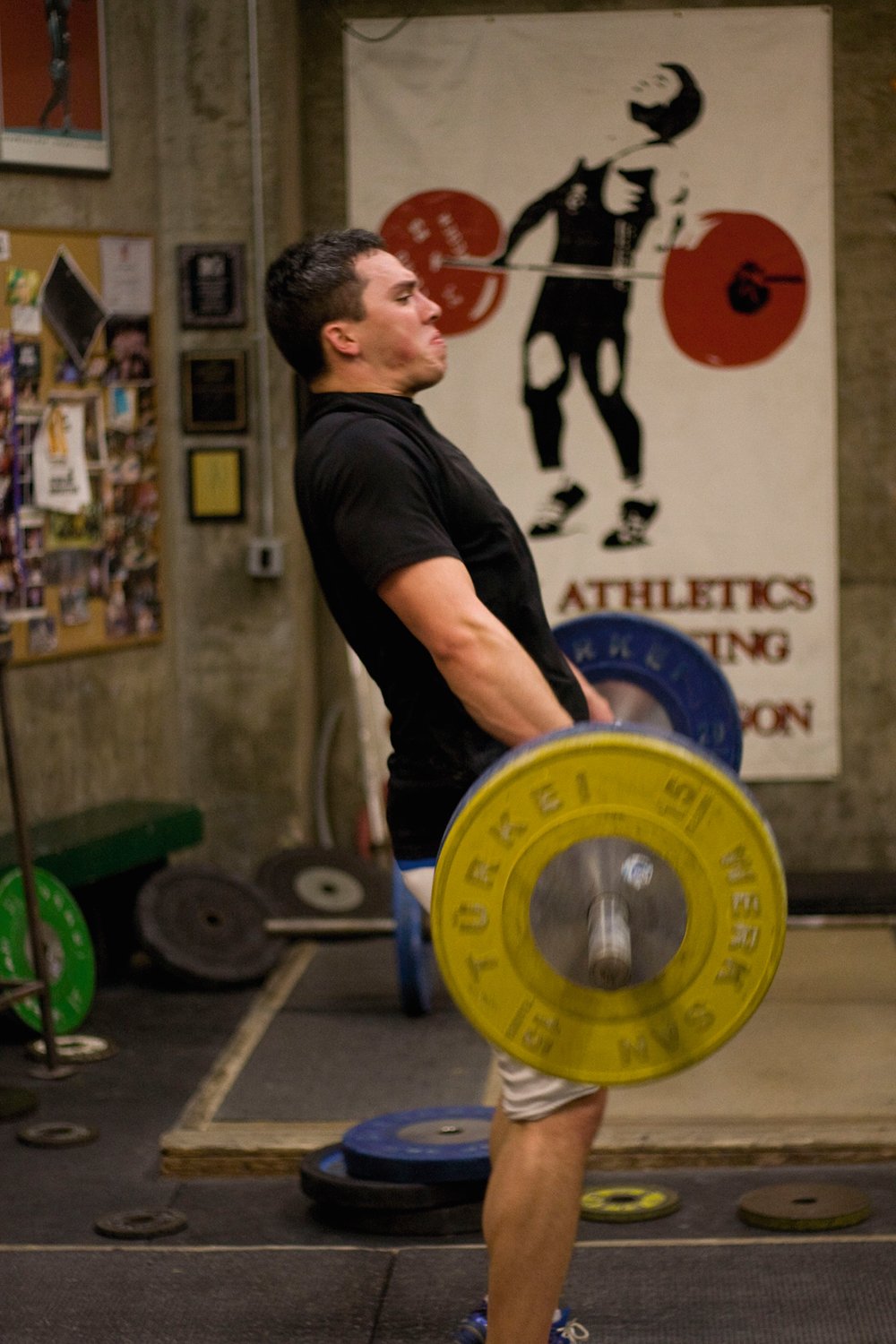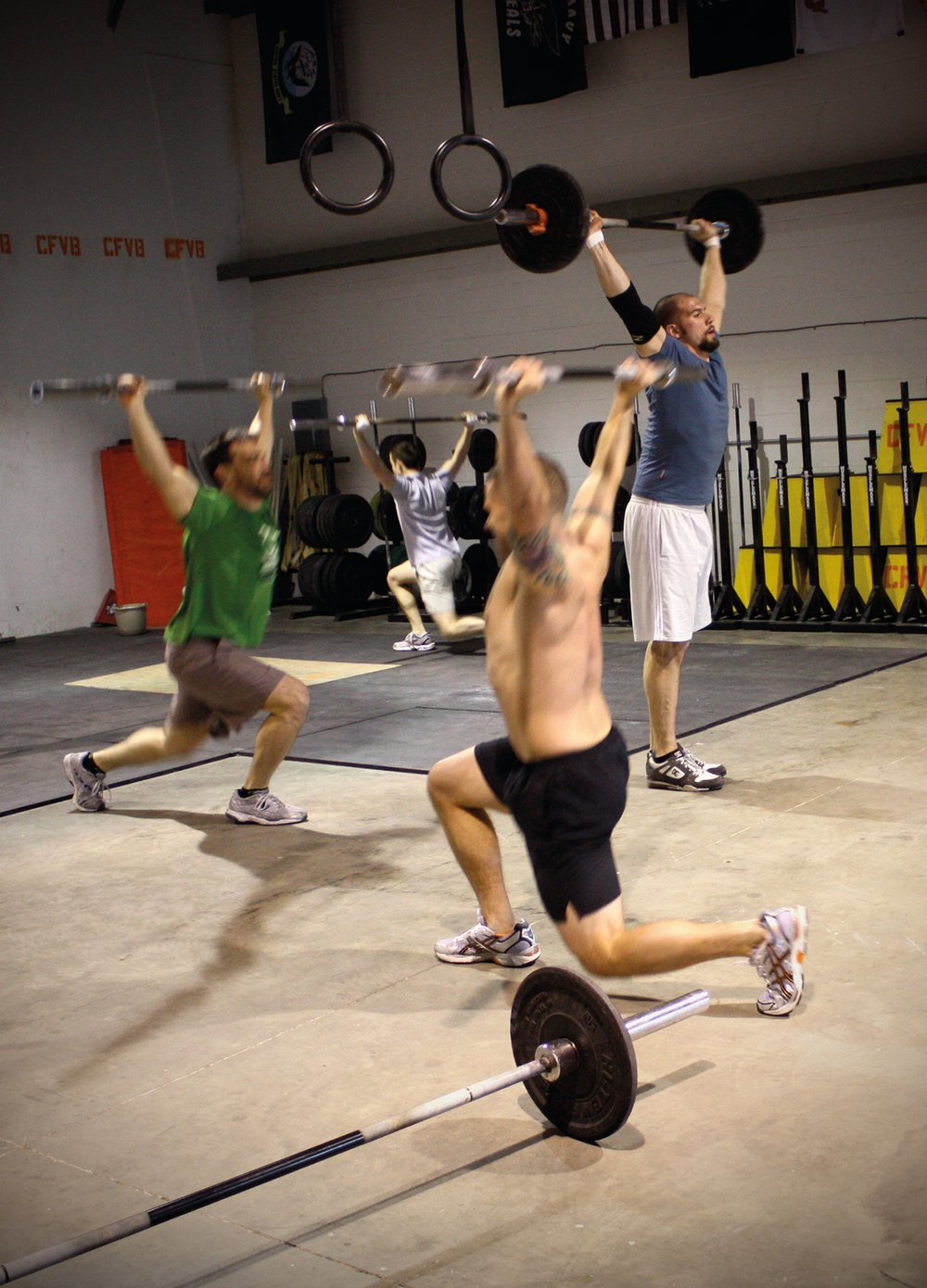
Issue 073
March 2011
Paul McVeigh is a sports scientist and a professional fighter ranked as the number one bantamweight in Europe.
He trains fighters out of The Griphouse gym in Glasgow, Scotland. Get in touch with Paul via [email protected].
Those of you familiar with this column may’ve guessed that I’m a bit of a nerd. I love the science of training people for athletic performance. I’m constantly looking at new developments and how to improve what I do. There’s so much to it and so much to know. Give me a training program with an Eastern European country in the title written by someone whose name I can’t pronounce and I’m in heaven. When I started out I was the sort of coach who timed rest periods and made you follow the plan to the letter. “Want to bench heavier? Not today sucker. My clipboard says 78% of one repetition maximum: you’ve done enough already.” All this attention to detail and planning, combined with an obscenely large comic collection, confirms my ubergeek status.
Unfortunately, it turns out that training for athletic performance is an art as well as a science. Numerous intangibles can improve performance that aren’t accounted for by the manipulation of sets, reps, loads and exercise selection. For example, imagine you’re deadlifting. You have set the bar up for a five-rep maximum and are ready to go. Two stunningly attractive members of the opposite sex walk in. Being a man (or woman) of the world you recall that there’s nothing a girl (or boy) likes more than a colossal deadlift. So on goes an extra 20kg, up it goes and you leave the gym with two hot prospects and a new personal best in the deadlift.
So what happened so you could make that lift? To be honest, even I am unsure. It could be increased central nervous system activation, or maybe the eye candy were releasing a form of gamma radiation that made you all Hulk-like. What we do know is that more weight can be moved when an athlete is focused and under a degree of positive stress. It works (or rather, doesn’t) the other way as well. If you’ve had a bad day at the office, a newbie gogoplata’d you on the mats, your dog died and your wife left you for someone with a colossal deadlift – negative stress in other words – chances are you won’t be breaking any records in the gym that day.

Where Do You Train?
For weightlifting and combat sports especially, your training environment has a huge part to play in how strong you can become. Let us say we have two identical twins doing an identical program. One trains at Globofit, a corporate box, where Zumba dance fitness is all the rage, Coldplay’s on the speakers and chalk and deadlifting are prohibited. Our other twin trains at The Eastside Death House, a place that has not been cleaned in a decade and has a clientele who like picking up massive amounts of weight and growing beards. Which of our twins will make the biggest strength gains? My view is the latter. Despite its name, The Eastside Death House provides positive stress. Globofit offers no real encouragement at all.

Who Do You Train With?
Having like-minded and competitive people to lift with is invaluable. The guys who are stronger than you demonstrate what you can achieve yourself. It’s very hard to become complacent when the guy next to you is using your single rep maximum as a warm-up. Strong people who aim high, and are encouraging, create a form of peer pressure that can help you smash through your plateau and drive up personal bests. At my gym, The Griphouse, almost every other lifting day there’ll be some form of informal testing. This could be a vertical-jump test, a five-rep maximum bench press, or a max-rep test with a specific weight. The word ‘test’ in itself makes everyone try harder, and having a bunch of guys urging you on does not hurt either. This doesn’t mean that it’s game on for poor technique. If unmonitored, testing can turn into a mess. Partial movements, dangerous technique and rampant egos get in the way of athletic improvement. Developing an environment where technique is praised is important. I’m not saying it’s time to rock out the pink dumbbells. We want heavy loads shifted, just not at the expense of clean technique.
Who Coaches You?
The coach’s role does not stop at safety, technique instruction and programming. It’s also their job to ensure the athletes are engaged and compliant. Eager learning is the key to athletic development. If the athlete likes their coach, enjoys being in the gym and training with teammates then good things happen. A poorly designed program implemented by a coach who’s respected and offers positive encouragement can be more effective than a superbly designed program implemented by a coach who doesn’t care. When you’re coached by someone who knows what they are doing and is a respected leader is when you get stronger, quickly.
...









